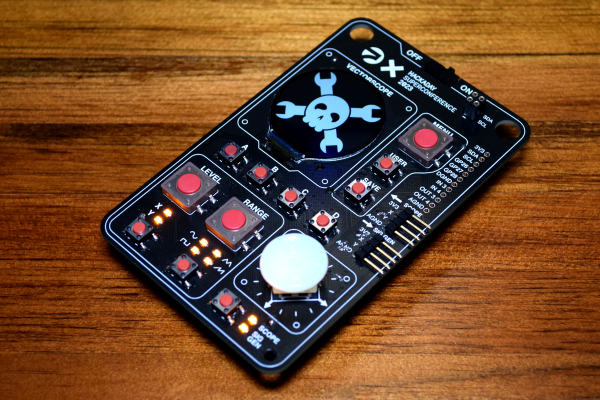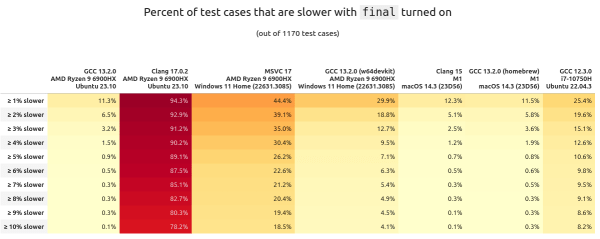Recently the company currently in charge of the Winamp media player – formerly Radionomy, now Llama Group – announced that it will be making the source code of the player ‘available to developers’. Although the peanut gallery immediately seemed to have jumped to the conclusion that this meant that the source would be made available to all on the announced 24 September 2024 date, reading between the lines of the press release gives a different impression.
First there is the sign-up form for ‘FreeLlama’ where interested developers can sign up, with a strong suggestion that only vetted developers will be able to look at the code, which may or may not be accompanied by any non-disclosure agreements. It would seem appropriate to be skeptical considering Winamp’s rocky history since AOL divested of it in 2013 with version 5.666 and its new owner Radionomy not doing much development on the software except for adding NFT and crypto/blockchain features in 2022. The subsequent Winamp online service doubled down on this.
Naturally it would be great to see Winamp become a flourishing OSS project for the two dozen of us who still use Winamp on a daily base, but the proof will be in the non-NFT pudding, as the saying goes.

















